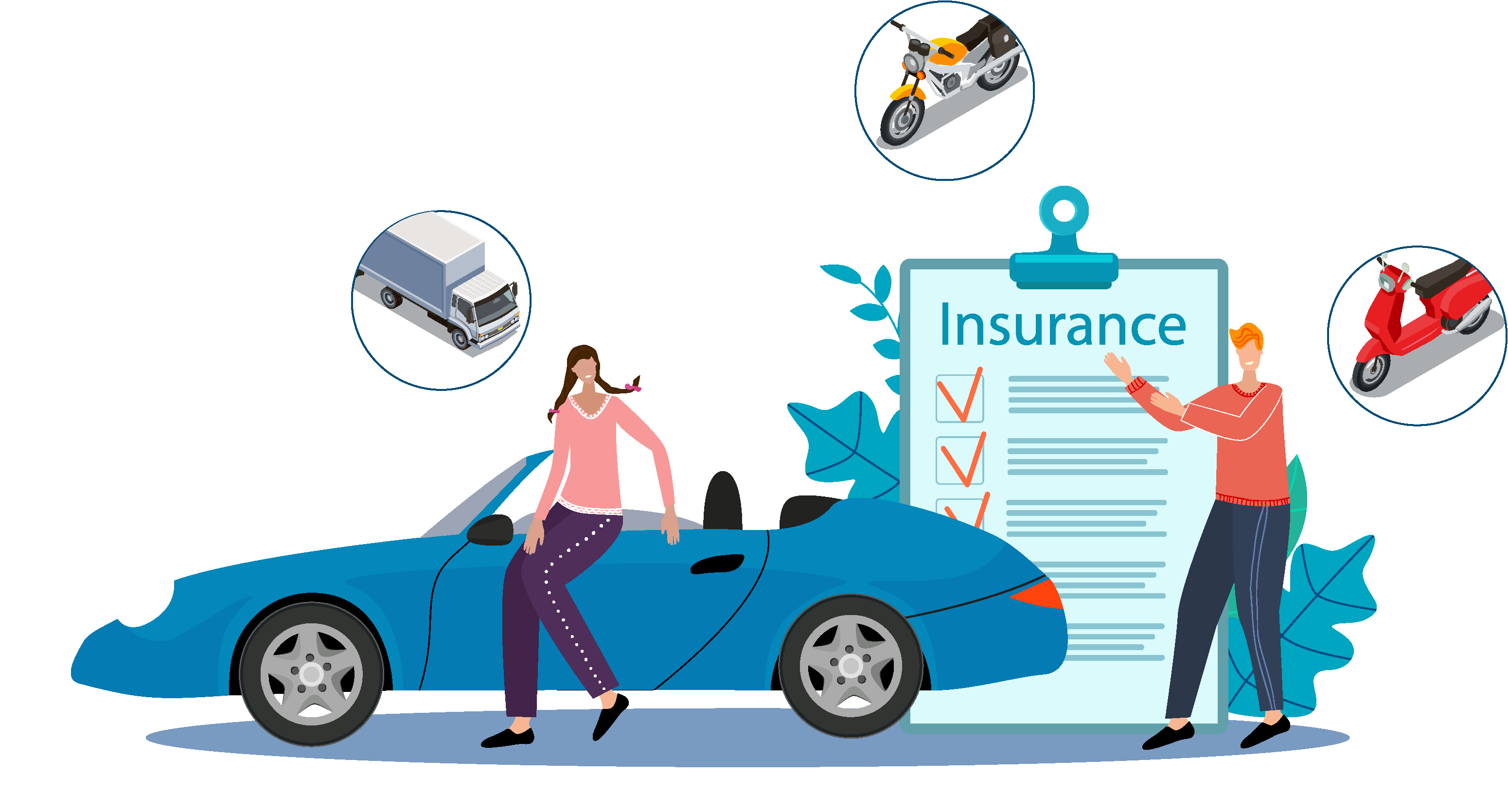
Vehicle liability insurance is a crucial component of owning and driving a vehicle. It protects you financially in case you are involved in an accident where you are at fault. Understanding the ins and outs of vehicle liability insurance is essential to ensure you have the right coverage to protect yourself and others on the road.
Types of Vehicle Liability Insurance
Vehicle liability insurance typically comes in two main types:
1. Bodily Injury Liability
- Bodily injury liability coverage helps pay for the medical expenses of the other party if you are at fault in an accident.
- It also covers legal fees if you are sued for the accident.
2. Property Damage Liability
- Property damage liability coverage helps pay for repairs to the other party's vehicle or property if you are at fault in an accident.
- It can also cover legal fees if you are sued for damaging someone else's property. Refer: https://lioninsurance.us/
Additional Coverage Options
In addition to liability insurance, there are several additional coverage options you may want to consider to enhance your protection:
1. Collision Coverage
- Collision coverage helps pay for repairs to your own vehicle in case of an accident, regardless of fault.
2. Comprehensive Coverage
- Comprehensive coverage helps pay for damages to your vehicle that are not related to a collision, such as theft, vandalism, or natural disasters.
3. Uninsured/Underinsured Motorist Coverage
- This coverage protects you in case you are involved in an accident with a driver who does not have insurance or has insufficient coverage.
Claims Process
If you are involved in an accident and need to file a liability insurance claim, follow these steps:
1. Gather Information
- Collect the other party's contact and insurance information, as well as any witnesses.
2. Contact Your Insurance Company
- Report the accident to your insurance company as soon as possible.
3. Provide Documentation
- Submit any documentation or evidence requested by your insurance company to support your claim.
4. Follow Up
- Stay in communication with your insurance company and follow up on the progress of your claim.
Conclusion
Vehicle liability insurance is a critical aspect of responsible vehicle ownership. Understanding the types of coverage available, minimum requirements, additional options, and the claims process can help you navigate the complexities of vehicle liability insurance with confidence. By ensuring you have the right coverage in place, you can protect yourself and others on the road in case of an accident.